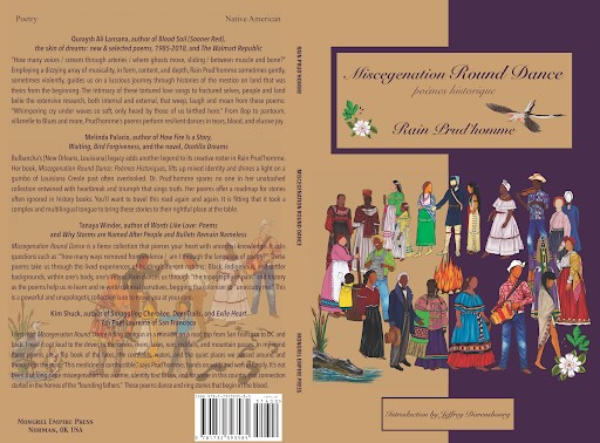Intersectionality and what Pride can mean for different communities in our city

Pride Week is underway in Calgary and the celebrations can be spotted all over the city. Beyond those celebrations, researchers from the University of Calgary work year-round to explore and highlight issues related to gender and sexuality.
Dr. Rain Prud’homme-Cranford (she/her/they), PhD, a professor of English in the Faculty of Arts, conducts research that explores the intersection between Indigenous identity and gender/sexuality. Her work provides a sense of what Pride can mean for different communities in our city.
Prud’homme-Cranford compares the goals and outcomes of Pride Week to an Indigenous sense of accountability, responsibility, and respect, of which collectively bring balance to a community and nature. She says these qualities affect the whole community and notes that personal choice and action impact others, stating that “it changes things when everything you do is not just about you”. Prud’homme-Cranford shared deeper reflections on Pride, intersectionality, and her current work.
Q: Your research is very focused on intersectionality. Tell us about the challenges specific to the intersectionality of being Indigenous and queer.
A: For me, intersectionality is built off black female bodies in academia and I think that matters. Blackness erases the amount of indigeneity in black bodies as well. Africa is not a singular space, Africa is made up of hundreds and thousands of tribal Indigenous people, so when we talk about Black Canadian identity it has been done historically in a way to erase global indigeneity. So, indigeneity has been homogenized in the same way gender and sexuality has. This is the starting point of exploring intersectionality.
Q: Does Pride mean the same things to those individuals who experience larger degrees of intersectionality?
A: We have thousands of Indigenous communities that, before settler colonialism, had Indigenous spectrums of gender identity. It’s that trifecta of colonialism, capitalism, and Christianity that was brought to the Americas that suppressed and indoctrinated ideas of binary gender. So, when people outside our communities look at the queer movement from the 1960’s forward, the bodies that are highlighted are particularly male, gay-identified bodies. So, there is a perpetuation of this erasure of our space and continuity. Also, I think it’s great to see the city involved in Pride, but I wonder how involved the city would be in Pride if it was not an economic factor. Pride has become capitalized in much the same way other things have and whenever capitalism comes into play, those of us who have been historically disenfranchised have a harder time moving in these spaces.
Q: Tell us about some of the research you’re involved with right now.
A: I do work mostly within Indigenous studies with a particular focus on gender, sexuality and body and connections to cultural sustainability. Right now, front and centre, I am in the midst of working on a book project that is becoming an installation project. The book is a collection of poetry specifically about what it is like to live in a white-passing, differently-abled, fat, queer body. Those poems are juxtaposed against art of fat women of colour, and photography of queer couples, heterosexual couples, whose bodies are in contrast to each other. This is now moving into an installation project that I am hoping will have video, art, poetry, music, and spoken word.
Q: Do you have an expectation of where that installation may occupy space for public accessibility?
A: Once the book project finishes next year (2022), my goal is to have an initial installation in Calgary, hopefully at the Nickle Galleries on campus. The other goal, because I am from Oklahoma and Louisiana, is that LSU brings us down for an installation.
Q: Do you have a publisher for the book yet?
A: That’s not set in stone yet. I have a book of poetry that just came out called Miscegenation Round Dance. It is a poetry collection of mixed-race identity and queer identity. Everything is at those intersections.

Cover of Miscegenation Round Dance, Mongrel Empire Press
UCalgary strives to create and maintain a positive, productive learning and working environment where there’s respect for the dignity of all persons and fair and equitable treatment of individuals in our diverse community.
To learn more about how UCalgary is connecting with the community and other community events, click here.






